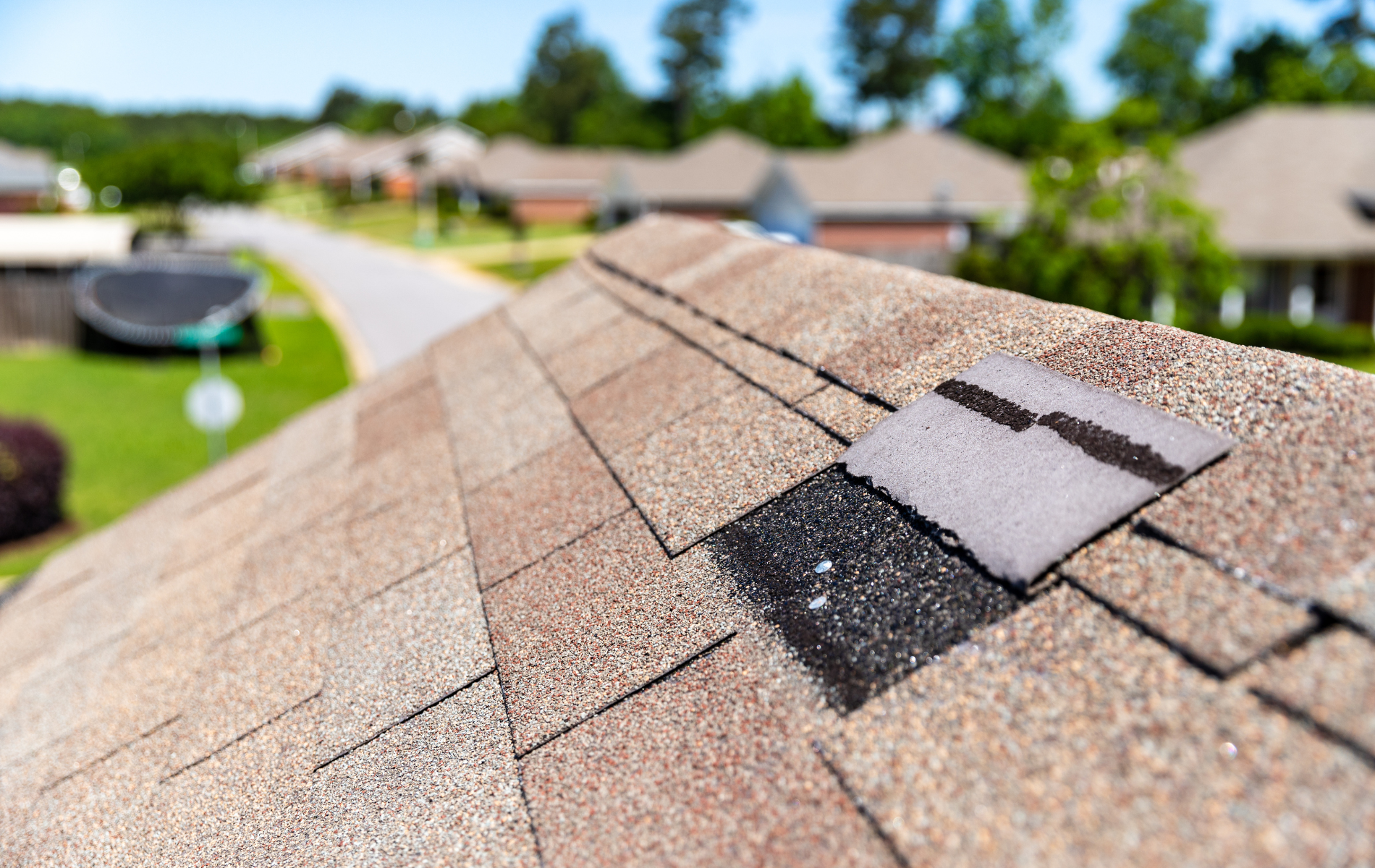
How to Reduce Heat in your Home in a DFW Summer
Tips for Reducing DFW Heat in your Home in the Summer
If you've lived through even one summer in the Dallas–Fort Worth area, you already know the drill. The second spring lets go of its last breeze, the heat moves in, and it doesn't let up. Suddenly, you're walking out to your mailbox and wondering if the pavement is going to melt your sandals. Your AC is working overtime, the electricity bill starts creeping into triple digits, and every room in your house feels just a few degrees too warm. It's the kind of heat that settles in and overstays its welcome.
So the question becomes, how do you reduce heat in your home when the DFW sun is doing its best impression of a furnace? Whether you’re in a Craftsman in Fort Worth’s Fairmount neighborhood or a new build out in Frisco, the tips and tricks to keep your house cooler are more about working with what you’ve got, and knowing how to outsmart the heat. Let’s walk through a few strategies that go beyond cranking up the air conditioner. Because let’s be honest, we all want to stay cool without having to sell a kidney to pay the electric bill.
Start with the Windows: The Gateway to the Heat
Windows can be one of the biggest culprits when it comes to unwanted indoor heat. During a North Texas summer, sunlight coming through the windows can quickly turn your living room into a greenhouse. And those expansive west-facing windows that show off a pretty sunset? They’re often the worst offenders.
If you haven’t already, it’s worth investing in thermal or blackout curtains. These can drastically reduce the amount of heat coming in, especially in the afternoon when the sun is strongest. Even something as simple as closing your blinds during the day can make a big difference. And if you’re serious about keeping heat out long-term, consider adding window film that reflects UV rays. Some films are nearly invisible but can block up to 70% of solar heat.
In some DFW neighborhoods, especially newer subdivisions in places like Mansfield or McKinney, you’ll also find double-pane windows are becoming standard. If your home doesn’t have them yet and you're thinking about upgrades, it’s something worth looking into. They don't just keep the heat out in summer—they help in winter too.
Seal It Up: Stop the Heat Before It Gets In
It might not be glamorous, but weatherstripping and caulking are your best friends during a Texas summer. The older the home, the more likely it is that tiny gaps around doors and windows are letting in hot air and letting out your expensive cold air. Even in newer homes, seals can wear down faster than you'd think, especially with our yo-yoing springtime weather and sudden summer surges.
You can test for leaks by holding a candle or incense stick near door frames or window sills. If the smoke moves, you’ve got a draft. Sealing it doesn’t take much, just a little time and a roll of weatherstripping from Home Depot or Lowe’s. It’s one of the cheapest and most effective ways to make your AC’s job easier.
Give Your AC a Fighting Chance
Speaking of AC, let’s talk about maintenance. In the middle of a DFW summer, your HVAC system isn’t just important, it’s essential. If you’re not already scheduling an annual tune-up, you should be. A dirty filter or clogged condenser coil can make your unit work twice as hard, and that translates to both higher bills and less comfort.
You’ll also want to make sure your thermostat is in the right place. If it’s located in direct sunlight or too close to a warm kitchen, it might be getting fooled into thinking your whole house is hotter than it really is. That leads to short cycling or overcooling, both of which waste energy. In some older homes around Arlington or East Dallas, thermostats were placed in less-than-ideal spots back when builders weren’t thinking about efficiency. Smart thermostats can also help. If you're out of the house for most of the day, programming your AC to ease up while you're gone and kick back on before you return can help you stay cool without cooling an empty home.
Rethink Your Lighting and Appliances
We don’t always think about it, but the things we do inside the house can actually add to the heat. Incandescent light bulbs, for example, put off a surprising amount of warmth. Swapping them out for LEDs is an easy win. They use less energy and stay cooler to the touch. Plus, the lighting quality has come a long way, no more weird bluish glow.
Appliances are another heat source we often forget. Running the oven on a 105-degree day? That’s basically inviting the heat in for dinner. In the summer, try using the microwave, air fryer, or outdoor grill more often. If you have to bake, doing it early in the morning or late at night helps. And if your dishwasher or dryer has a delay function, consider setting them to run after the sun goes down.
Think About Your Roof and Attic
The attic is like the buffer zone between the sun and your living space, and if it’s not insulated properly, you’ll feel it. The heat that builds up in an attic can exceed 140 degrees during a DFW summer afternoon. That’s not just unpleasant; it can bake your upstairs rooms even if your AC is working its hardest.
Adding insulation or improving ventilation can go a long way. Ridge vents, attic fans, and radiant barriers all help reduce that trapped heat. Some folks even paint their roof with reflective coatings, especially in areas like Grand Prairie or North Richland Hills where homes tend to get full-sun exposure all day.
Add Some Shade, Inside and Out
Landscaping might not be your first thought when it comes to cooling your house, but it makes a difference. Strategically placed trees or tall shrubs can shade windows and reduce the overall temperature around your home’s exterior. In neighborhoods like Lake Highlands or Keller, you’ll see mature trees doing a lot of heavy lifting in keeping homes cooler.
Pergolas, awnings, and patio covers can also reduce the amount of sun hitting your windows or walls. Even something as simple as a shade sail over a south-facing deck can help cool the surrounding area. And inside, ceiling fans are your best friends. They don’t actually lower the temperature, but they help your body feel cooler by improving air circulation.
Don't Forget Your Roof Color and Materials
If you're replacing or upgrading your roof, the color and material matter more than you'd think. Dark shingles absorb more heat, while lighter ones reflect it. In fact, Energy Star–rated roofing materials can reduce your roof temperature by up to 50 degrees. If you're in a place like Plano where HOAs might have restrictions, check to see if reflective shingles are allowed, they can be a subtle yet powerful upgrade.
Make It a Whole-House Effort
Reducing heat in your home during a DFW summer isn’t about any single magic fix. It’s about layering small choices that add up to a big difference. Keep the sun out during the day. Make sure your cool air isn’t sneaking out through cracks. Be smart about when and how you use heat-generating appliances. Give your HVAC system all the support it needs to do its job right.
DFW summers aren’t going anywhere. Every year, it seems like we break a new record for most 100-degree days, and even September can feel like August 2.0. But by taking steps now, you can make your home a lot more livable, lower your energy bills, and maybe even enjoy your summer a little more. Because let’s be honest, there’s nothing better than walking into your house after a long, sweltering day and being greeted by that first cool breeze. That’s what we’re all chasing. And with a few smart adjustments, it’s absolutely within reach.
You might also like




